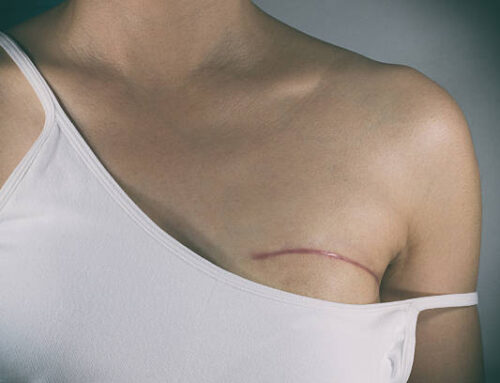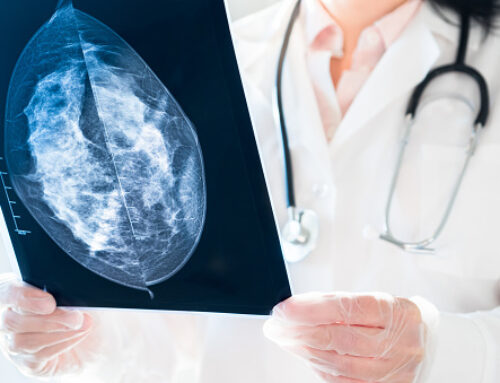Breast augmentation is one of the most popular plastic surgery procedures performed today. This breast surgery is often performed long before a woman needs her first mammogram, which means that the topic of breast implants’ effects on necessary screenings is rarely discussed before breast augmentation is performed. If you’re nearing the age at which routine breast screenings become necessary (age 40), you may have some of the following common questions.
Do breast implants increase my risk of breast cancer?
Fortunately, no. There is no evidence that women with breast implants are more likely to develop cancer. The primary factors that create risks for breast cancer are family history and age. For the record, Anaplastic Large Cell Lymphoma is not breast cancer. It is a rare and treatable cancer that has been linked to specific models of textured breast implants. which were subsequently taken off the market.

How often do I need a mammogram?
Mammogram guidelines are no different for women with breast implants than they are for women without them. Women are advised to begin getting yearly mammograms at age 40, earlier if they have a family history of this disease. Mammograms should be scheduled every 1 to 2 years until at least age 75.
Could breast implants compromise my mammogram?
Yes. both silicone and saline implants can obscure the natural breast tissue and could therefore delay a breast cancer diagnosis. Women with breast implants should inform their mammography technologist when scheduling their screening. The technologist may be able to capture images at various angles to observe as much of the breast as possible.
Can a mammogram damage my implant?
Many women with breast implants have this question. Mammography screenings do compress the breasts and implants. Making the technologist aware of the implants, they can move them up and out of the way before capturing images. If the implants cannot be moved enough to sufficiently reveal breast tissue, alternative tests may be recommended. Women with breast implants are often advised to undergo MRI or ultrasound instead of or in addition to mammography.
Is 3D better than 2D?
Yes! Studies have shown that 3D mammography provides more high-quality imaging than 2D due to the division of the image into one-millimeter slices. The screening does not take any longer than a traditional mammogram and is believed to be ideal for dense breast tissue.
Is 3D better than 2D?
Yes! Studies have shown that 3D mammography provides more high-quality imaging than 2D due to the division of the image into one-millimeter slices.
The screening does not take any longer than a traditional mammogram and is believed to be ideal for dense breast tissue.





